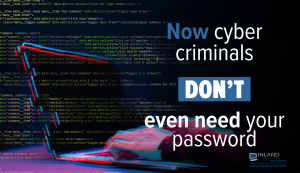Just when it seems like your defenses are airtight, a new threat emerges—one that doesn’t even require your password.
Microsoft has issued a critical warning about a rising threat known as device code phishing—a sophisticated tactic that’s catching even well-prepared businesses off guard.
What’s happening?
Unlike traditional phishing attacks that trick users into entering credentials on fake websites, device code phishing leverages legitimate Microsoft login pages. The attacker sends a convincing email—perhaps posing as HR or a colleague—inviting the recipient to a Microsoft Teams meeting. The email includes a short “device code” and instructs the user to enter it on a real Microsoft login screen.
Everything appears normal. But here’s the catch:
By entering that code, the user unknowingly authorizes the attacker’s device to access their Microsoft account.
Why it’s dangerous:
- It bypasses traditional phishing red flags—no fake URLs or suspicious login forms.
- It can even circumvent multi-factor authentication (MFA).
- Once inside, attackers can read emails, access files, and impersonate users to spread further within the organization.
- They may also capture session tokens, allowing access even after a password change.
How to protect your organization:
- Educate your team: Ensure employees understand that Microsoft logins should never involve entering a code provided by someone else.
- Verify requests: If a login request seems unusual, confirm it through a separate channel—such as a direct phone call or internal messaging.
- Disable device code flow: If your organization doesn’t rely on this feature, your IT team should consider disabling it.
- Implement conditional access policies: Restrict logins to trusted devices and locations.
- Ongoing training: Cybersecurity is a shared responsibility. Regular awareness training can significantly reduce risk.
Cybercriminals are evolving. Your defenses should too.
Need help reviewing your security posture or training your team? Let’s talk.


